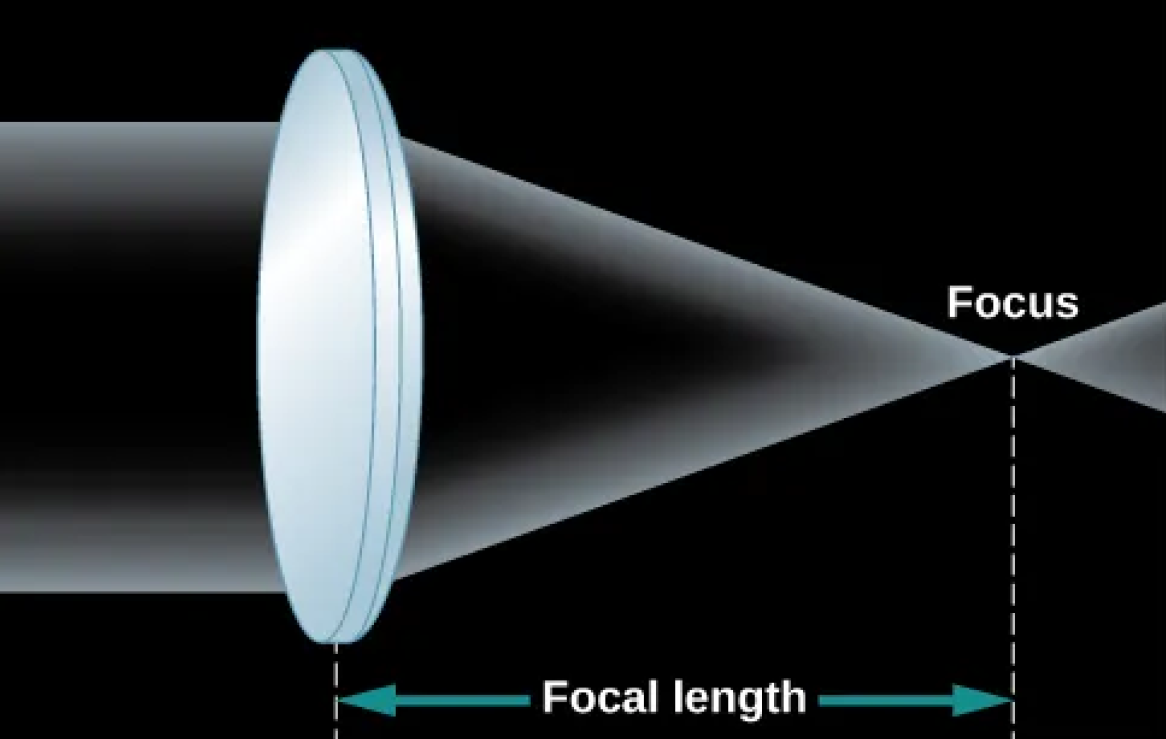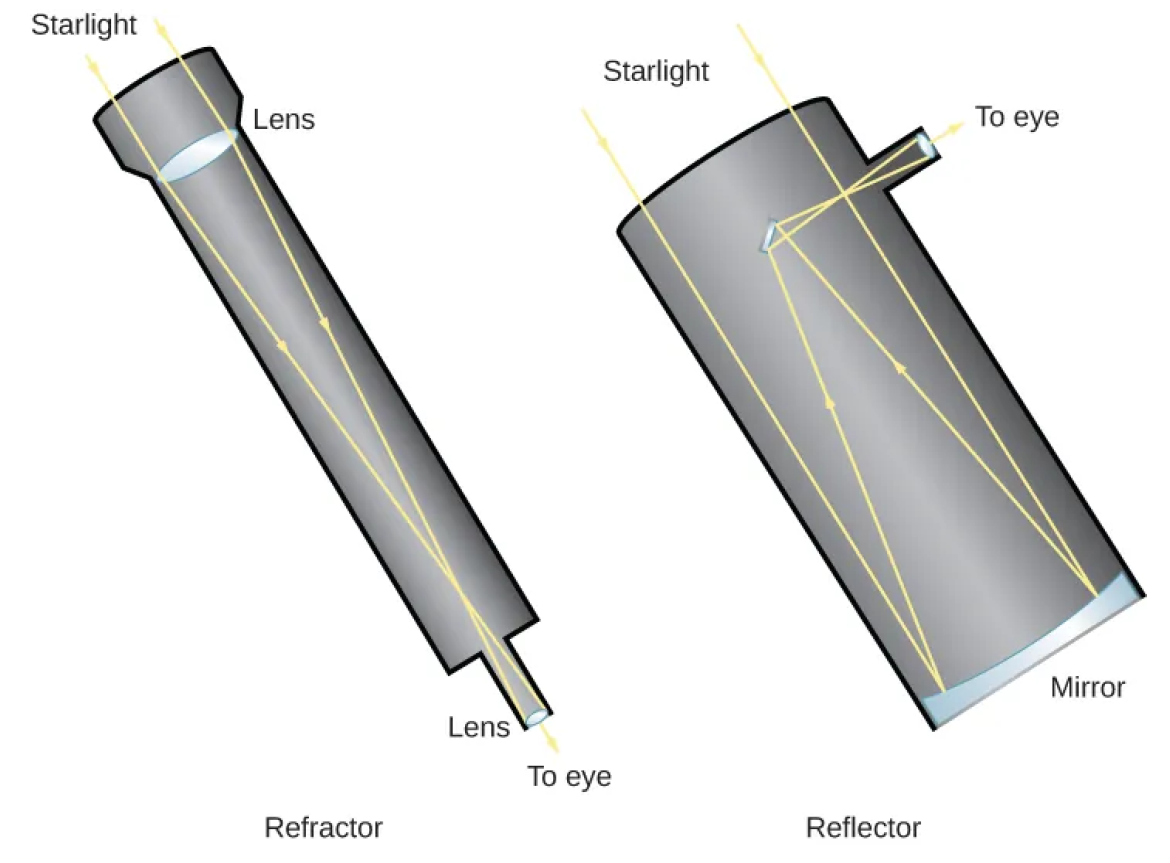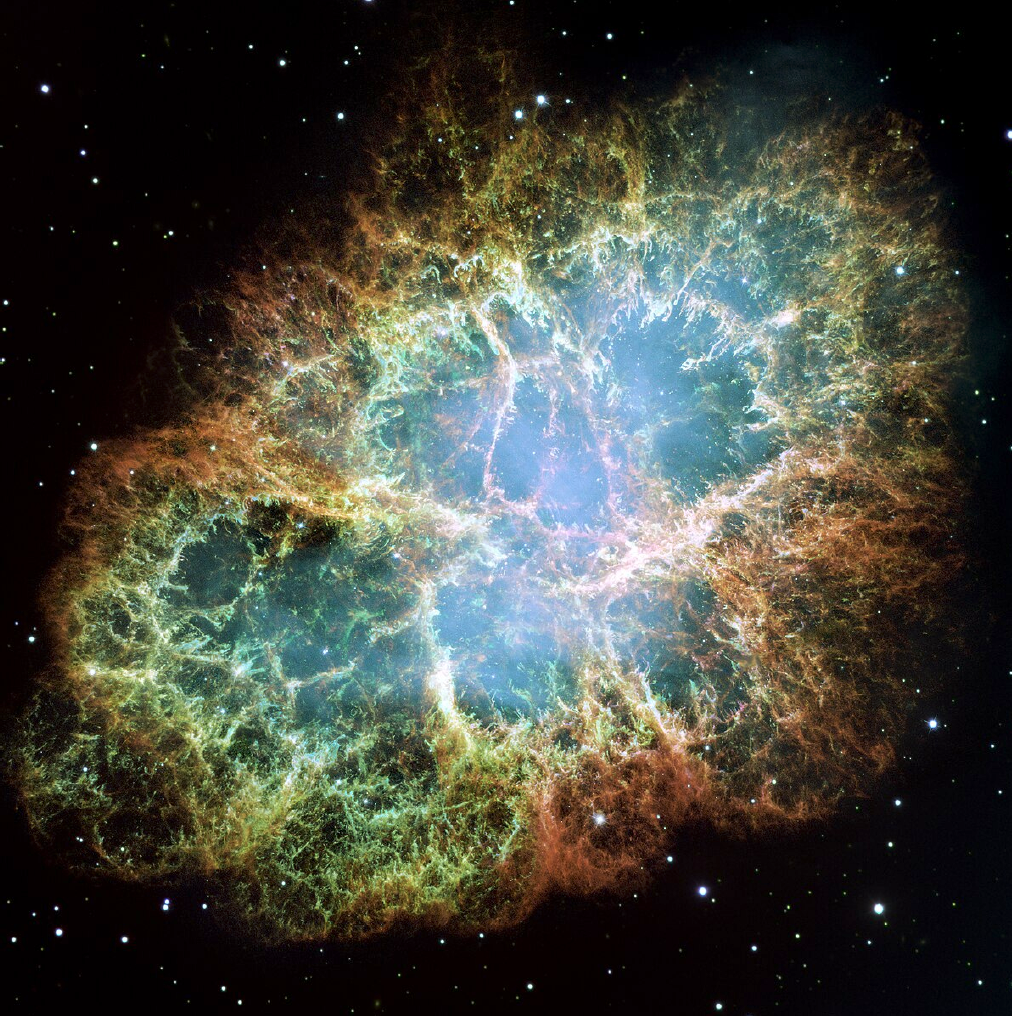
Whats is Astronomy? In simple terms, astronomy is the study of everything beyond our planet whether that be space, stars, planets, or the universe. This expanding field of science pushes our knowledge further and further past the boundaries of our imaginations. Astronomy is the charting of the next frontier. Though they share similar names, Astronomy and Astrology are two very different subjects. Whilst astronomy is a foundational science based on discovering more about the universe, Astrology is not a science but instead a correlation of observations being related to mythical, spiritual, and religious meanings and events not based on evidence or science.
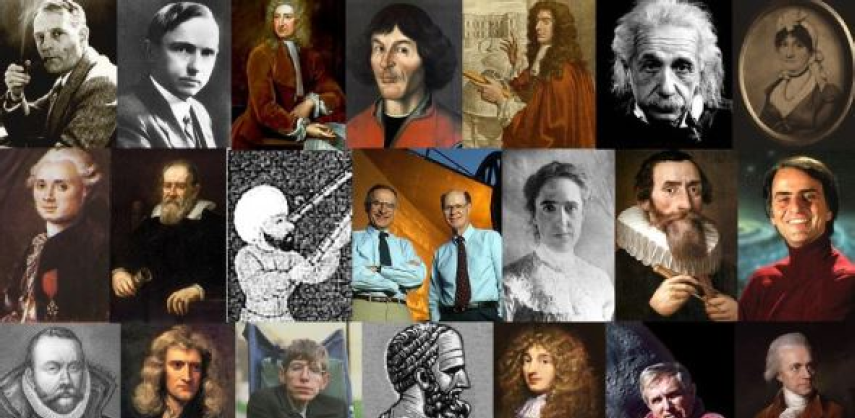
Astronomy is the oldest of the natural sciences, dating back several millennia, with its origins found in religious, mythical, and spiritual beliefs. Used to form calendars from the age of the first civilizations of ancient India, Greece, Rome, China, and Egypt, Astronomy has continued to expand through medieval Europe and the Middle East, to the global renaissance. During the Renaissance, astronomy began to truly take off as a science. Through the Copernican revolution, astronomy began making more radical changes to the way we observe the universe. Galileo would design the first telescope, Newton would discover gravity. This was the golden age. During the 19th and 20th centuries, our astronomical knowledge would grow leaps and bounds by creating means to test our theories and question the very foundation of the universe. This period of time brought Einstein, Bohr, and various others. This is the start of the modern age of Astronomy.
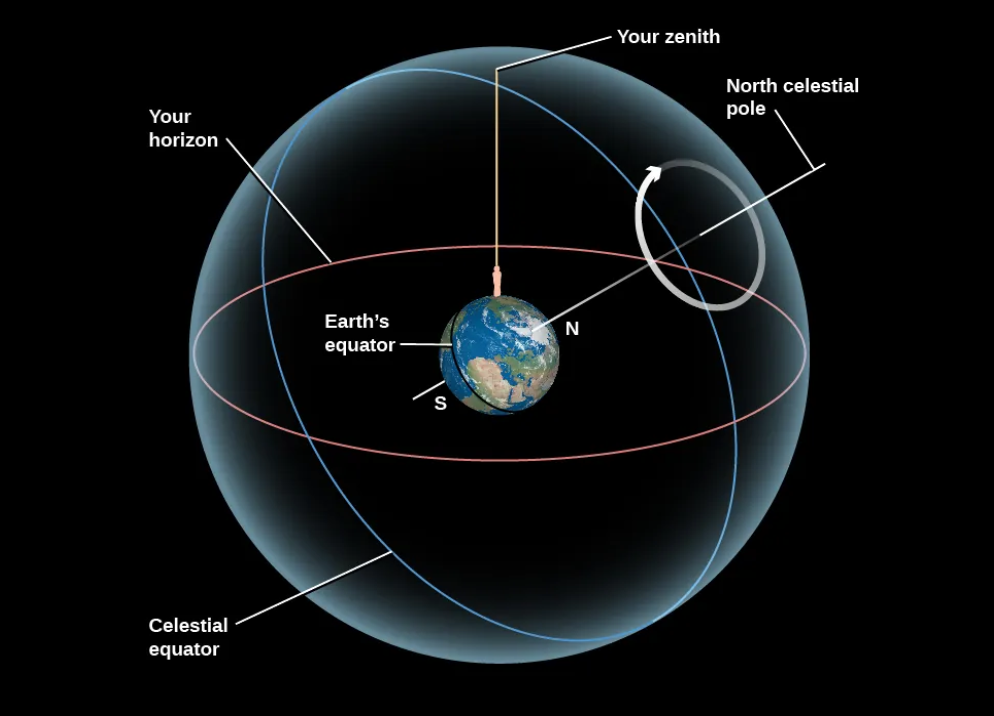
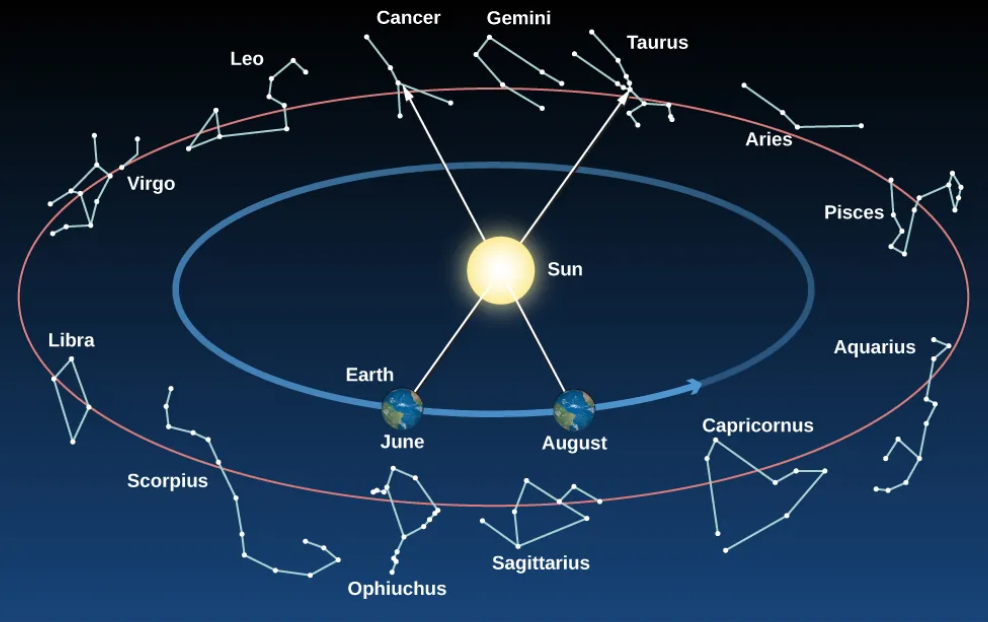
Purely based on our senses, we observe the universe in a geocentric manner with the celestial sphere turning about the celestial poles. We can only observe half the sphere at any given point as our vision is limited by the horizon. When observing the night sky the point directly overhead is known as the zenith. The path of the sun as observed from Earth is called the ecliptic. The ecliptic crosses through an 18-degree wide strip known as the zodiac.
When light from celestial sources is collected using a telescope and focused, it can then be sorted by wavelength using an instrument. A permanent record is subsequently created after the light is directed toward a detector. The diameter of a telescope's aperture—that is, the size of its largest or primary lens or mirror—determines how well it can collect light. Convex lenses (in refracting telescopes) or concave mirrors (in reflectors) are the main optical components of a telescope that focus light. The majority of large telescopes are reflectors because there is no requirement for light to go through glass, making it simpler to produce and support enormous mirrors.
